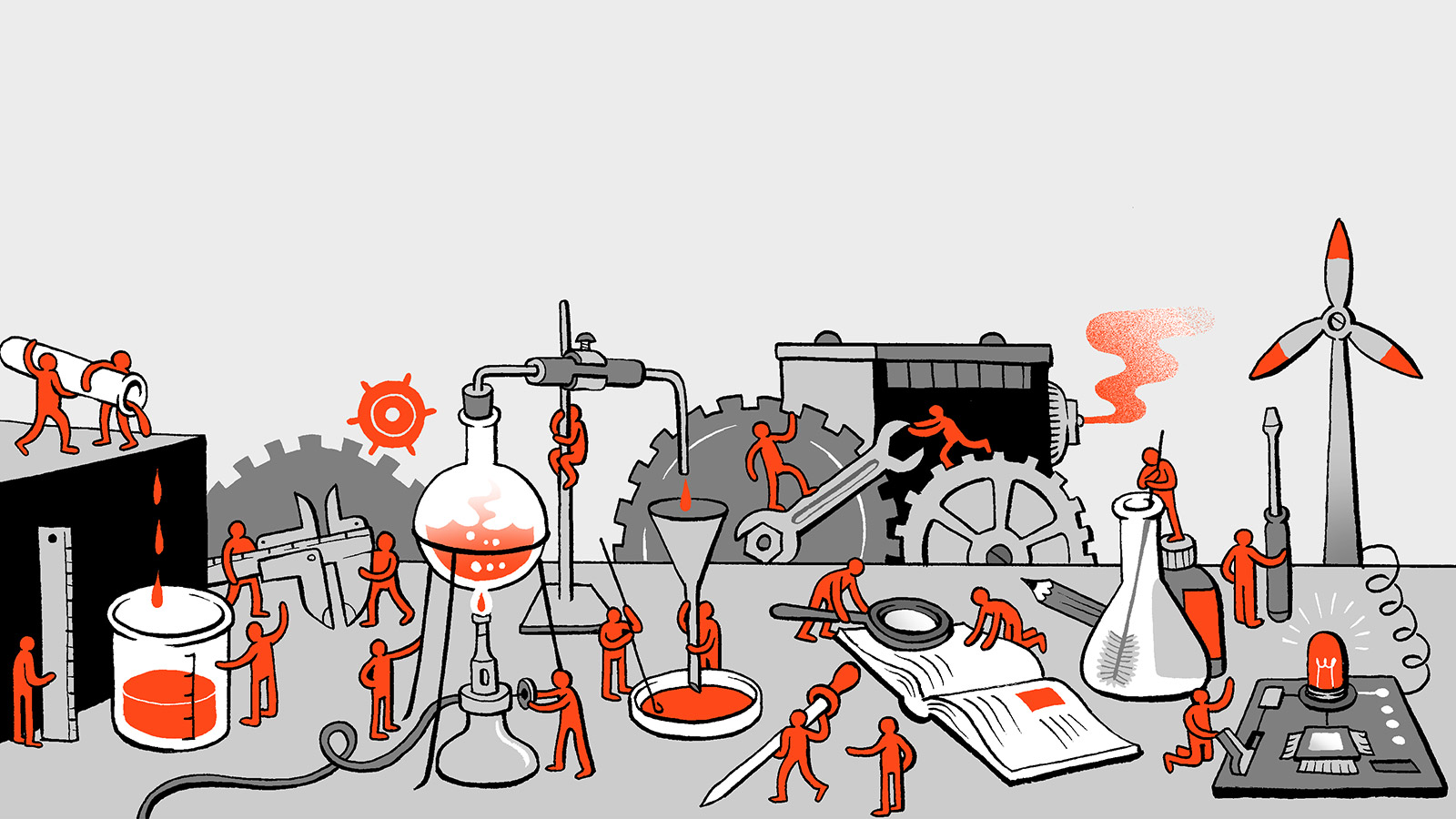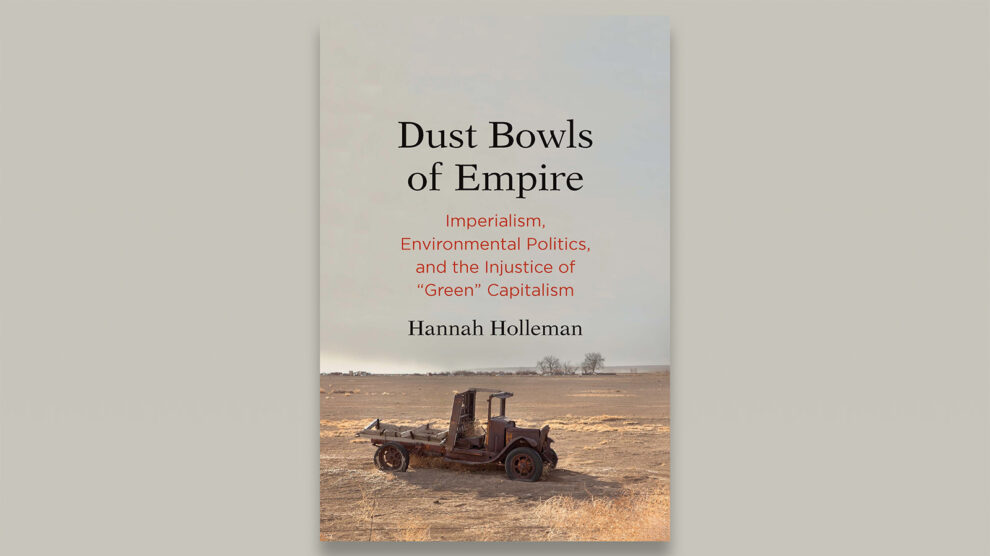Letter from the Editors
By the Volume 24, Number 1 Editorial Collective
Volume 24, Number 1, Racial Capitalism
The year 2020 will be forever remembered not only for its tragedies and absurdities, but also for historic popular resistance. While the seemingly endless rise in COVID deaths aided by the government’s inept response starkly highlighted the cruelty and irrationality of our economic system, it was the series of high-profile, state-sanctioned assassinations of Black people—the expression of a far more entrenched social pandemic—that pinched our collective nerve. Throughout the summer, indignant masses rose up in what might be the largest mobilization in US history.1 But as the year came to a close and the energy for direct action dissipated, the movement’s demands were gradually chipped away in the halls of power, while conditions of life among the most vulnerable members of our society remained unchanged.
It is within this context of crisis and conflict that we introduce Racial Capitalism. The articles that follow explore the interconnectedness of police brutality, structural racism, militarism, climate and pandemic crises, and how science has been implicated in all the above under the totalizing system of capitalism. But first, we wish to ground such a discussion on the mechanisms of capitalism and why its development took on “essentially racial directions.”2 Marx had foreseen the expansionary dynamic of capitalism and its destiny to “nestle everywhere, settle everywhere, establish connections everywhere.”3 Cedric Robinson, who popularized the term “racial capitalism,”4 emphasizes the racial hierarchies implicated in capitalism’s origins and early development, while others like Ruy Mauro Marini and Walter Rodney have focused on “super-exploitation” of racialized labor as the engine that propels global capitalism since the late colonial era and continues to present-day neoliberalism.5
The articles that follow explore the interconnectedness of police brutality, structural racism, militarism, climate and pandemic crises, and how science has been implicated in all the above under the totalizing system of capitalism.
To further illustrate the dynamics of racial capitalism, let us travel back to the late eighteenth century and follow the circulation of a commodity—a coat. Its raw material, cotton, had first to be planted, not in the wintry English countryside, but on Indigenous lands of North America enclosed through centuries of genocide and dispossession, using the labor of indentured servants before this miserable work was shifted onto Black bodies abducted from Africa through the slave trade. After the harvested cotton was shipped to Manchester’s textile factories, Irish migrant workers and their children fed the cotton into spinners under abject conditions and for below-subsistence wages.6 Once coats were produced via this chain of exploited labor, they needed to be sold for profit. The British army was then deployed to dismantle the competing Indian textile industry and cement the monopoly of British manufacturing, displacing millions of Indian farmers and artisans in the process. Robbed of their livelihoods, many Indians were conscripted by these same British colonial rulers to fight and die in China, where a new commodity, opium, had forced its way into the Far East, beginning anew the cycle of imperialism, accumulation, and racial domination.
In every part of this production and circulation chain called capital, communities were uprooted from the land on which they subsisted for generations; families, kin groups, and tribes became isolated either in bondage or through forced migration. On the one hand, severed from one another and from nature, humans as social beings sought solace in the immediacy of shared culture and common geography. On the other hand, the old social order was replaced by another social order more compatible with the new mode of capitalist production. Racial and ethnic identities, no matter how fluid throughout human history, were ossified via class oppression under capitalism.7 The easiest way to subjugate a group of workers is via another group of workers. The discourse and practice of race8 has thus created and reinforced hierarchy—as Frederick Douglass observed with regard to Black and white workers in the postbellum US South, capital “divided both to conquer each.”9
Today, racial capitalism reproduces this same process of racialization for accumulation. Though Marx could not have imagined the prevalence of electric batteries in our time, as a commodity a battery does not differ much from a coat. The raw materials of lithium, nickel, and cobalt are mined in Bolivia, the Philippines, and the Congo, where lands were stolen from Indigenous peoples and privatized.10 The American military and intelligence apparatus, like the British before it, manages the resource extraction process via a toolkit of wars, coups, and assassinations. Factories in rural China then take these earth metals, putting young women to work for pittance assembling battery cells, while merchant capitalists like Walmart and Amazon swoop in to claim all the profit even as they simultaneously leech off public subsidies and infrastructures to transport these batteries to stores in the affluent Global North. To close the loop of overproduction, or rather, to veer it off into another spiral, debts are accrued and financialized to ensure the overconsumption required for continuous capital expansion and accumulation. So while neoliberal ideologues sugar-coat modern capitalism with “color-blind” rhetoric, it differs very little from racialized colonialism.
The discourse and practice of race has thus created and reinforced hierarchy—as Frederick Douglass observed with regard to Black and white workers in the postbellum US South, capital “divided both to conquer each.”
Within the past and present of racialized capital accumulation, science has played an integral role. The scientific enterprise, as a humble servant of the ruling class since its inception, has not only provided and advanced the means of imperial expansion (navigation, telecommunications, weaponry), the technology for extraction (agriculture, mining) and population control (surveillance, militarized policing), but has also offered the ideological justification for the dominion of capital over racialized labor—every few decades, we are reminded again in the name of science, that race is “biological” and hierarchy “natural.”11
The complicity of science and scientists in propping up racial capitalism also means that the capitalist and racialist character of our society is reflected through the very practice of science. Under capitalism, scientific knowledge is commodified; the “invisible hand” of the market and its eternally coercive “law” of competition decide how and about what scientists conduct their studies.12 The means of production (i.e., scientific inquiry and scholarship) concentrates in the hands of a few academic-industrial complexes with privately held intellectual patent rights.13 The dissemination of knowledge is dictated by monopoly publishers and corporate media. Under systemic racism, the fabled neutrality and insularity of science from politics, accelerated by racial tokenism, continues to promote a “post-racial” ideology among scientists while excluding poor Black people, Indigenous people, and people of color from scientific spaces through institutional gate-keeping, “meritocracy,” and the precarious apprenticeship model.14 The end result is a reproduction of the same classist and racist science in the new generations as the old: “Science, then, has become an inseparable part of capitalist development and capitalist development has become an inseparable part of science.”15
The articles that follow examine in closer detail the complexities and ambiguities at the intersection of race, class, and science, through the historiography and ideology of racial capitalism (Katz-Fisherman); phenomenologies of oppression during the pandemic and climate crisis (Williams)—including a gut-wrenching personal account by Juan Moreno Haines, currently incarcerated at San Quentin State Prison (Haines); racial capitalism’s transnational manifestation as imperialism (AGHAM; Loo); and its antithesis via the forging of new imaginaries (Bansal and Vo; Raju).
The complicity of science and scientists in propping up racial capitalism also means that the capitalist and racialist character of our society is reflected through the very practice of science.
As Cedric Robinson and others have asserted, capitalism cannot be extricated from racism, and an anti-racist future can be attained only through the negation of capitalism. This issue raises questions to inform and inspire our work towards liberation: How does the racism we encounter in our daily lives intertwine with global capitalism? How do we subvert capitalist science and confront its complicity in sustaining racial capitalism? How can science be retooled for liberation? We invite readers to join us in this conversation, especially as we recognize our own limitations as an organization and editorial collective that still has work to do in building up Black and Indigenous representation and supporting Black and Indigenous organizing within our ranks.
In considering the events of last summer through the lens of racial capitalism, we may start to grasp how the violent oppression of Black people did not begin with the militarization of police, nor will it end with defunding, nor will it be resisted merely through symbolic performance or a changing of the guards.16 Liberation demands a continuing struggle of organized working people of all colors and collars against capital, including all of its intersections with imperialism, racism, sexism, ableism, and heterosexism. Part and parcel of this fight will be the push against the racialist and capitalist edifices of science—to reclaim science for the people.
In Solidarity,
The Volume 24, Number 1 Editorial Collective
We are especially grateful for all those who volunteer their time, labor, and knowledge, to make this magazine happen, and for those SftP members—of this generation and the original organization—who donated to our Kickstarter and Patreon campaigns to materialize this issue and ensure that we can pay our contributors.
References
- Larry Buchanan, Quoctrung Bui and Jugal K. Patel, “Black Lives Matter May Be the Largest Movement in US History,” The New York Times, July 3, 2020, https://www.nytimes.com/interactive/2020/07/03/us/george-floyd-protests-crowd-size.html.
- Cedric J. Robinson, Black Marxism: The Making of the Black Radical Tradition (London: Zed, 1983).
- Karl Marx and Friedrich Engels, The Communist Manifesto (Minneapolis: First Avenue Editions, 2018 [1848]). While Marx did not dwell on the racial dimensions of capitalism, he acknowledged that the genesis of capitalism was not unipolar: “The discovery of gold and silver in America, the extirpation, enslavement and entombment in mines of the aboriginal population, the beginning of the conquest and looting of the East Indies, the turning of Africa into a warren for the commercial hunting of black-skins, signalised the rosy dawn of the era of capitalist production.” See volume 1, chapter 31 of Karl Marx, Capital: A Critique of Political Economy (London: Penguin Books, 1990 [1867]).
- The term “racial capitalism” came out of the South African liberation movement in the 1970s to counter liberal critiques of apartheid. Robinson generalized its use beyond the South African context. See also Peter Hudson, “To Remake the World: Slavery, Racial Capitalism, and Justice,” Boston Review, February 20, 2018, https://bostonreview.net/forum/remake-world-slavery-racial-capitalism-and-justice/peter-james-hudson-racial-capitalism-and.
- Super-exploitation was originally extrapolated from the term “super-profit,” coined by Marx to describe surplus value obtained not through the classic capital-labor production relation, but through external factors such as increased productivity or unequal exchange. Mid-twentieth-century Marxist economists such as Paul Baran, Ruy Mauro Marini, and Samir Amin inverted the term to theorize the core-periphery dynamics under imperialism. In American racial capitalism, super-exploitation also refers to the “economic relationship in which the intensity, form, and racial basis of exploitation differs little from slavery… [I]t pushes racialized, particularly Black, labor effectively below the level of sheer physical subsistence.” Charisse Burden-Stelly, “Modern U.S. Racial Capitalism,” Monthly Review, July 1, 2020, 8–20. See also John Smith, “Exploitation and Super-Exploitation,” Monthly Review Online, April 14, 2018, https://mronline.org/2018/04/14/exploitation-and-super-exploitation/.
- As defined by Marx, subsistence refers to the value of labor-power, or the total value of commodities required to maintain a worker’s life at a bare minimum. Capitalists are incentivized to lower the level of subsistence whenever possible in order to minimize labor costs. One of the most effective ways is the replacement of the individual wage with a family wage, where women and children work at below-subsistence levels, diminishing the average value of labor-power for all workers. This also results in the super-exploitation of women, who bear the heavy burden of social reproduction. See also Marlene Dixon, Women in Class Struggle (San Francisco, CA: Synthesis Publications, 1978).
- The formation of racial identities is an ongoing subject of debate. According to Robinson, Black and white-European identities had matured before the colonial era to shape the racialization process during the transition to capitalism: “As the Slavs became the natural slaves, the racially inferior stock for domination and exploitation during the early Middle Ages, as the Tartars came to occupy a similar position in the Italian cities of the late Middle Ages, so…the peoples of the third world began to fill this expanding category of a civilization reproduced by capitalism.” In contrast, historical materialists have argued that the transition itself, with its intensification of class struggle, gave rise to contemporary racial identities. See also Peter Linebaugh and Marcus Rediker, The Many-Headed Hydra: The Hidden History of the Revolutionary Atlantic (London: Verso, 2012).
- Race is a reified social construct. Here, we refer specifically to race categorizations in the US of African or European descendents. For further insight, see “A History of the Concept of Race” by Walda Katz-Fishman in the current issue.
- The Colored Delegation published a written reply to President Andrew Johnson in 1866: “The hostility between the whites and blacks of the South is easily explained. It has its root and sap in the relation of slavery, and was incited on both sides by the cunning of the slave masters. Those masters secured their ascendency over both the poor whites and the blacks by putting enmity between them. They divided both to conquer each.” See also Frederick Douglass, Life and Times of Frederick Douglass (Boston, MA: De Wolfe and Fiske Company, 1892), 467–469.
- Ben McLellan, “Politically Charged: Do You Know Where Your Batteries Come From?”, The Conversation, July 26, 2017, https://theconversation.com/politically-charged-do-you-know-where-your-batteries-come-from-80886.
- Richard Lewontin, Biological Determinism (lectures, The Tanner Lectures on Human Values, the University of Utah, March 31 and April 1, 1983), https://tannerlectures.utah.edu/_documents/a-to-z/l/lewontin83.pdf.
- See also Richard Levins, “A New Economy of Knowledge,” Monthly Review 67, no. 11: 38–46; Paula E. Stephan, How Economics Shapes Science (Cambridge: Harvard University Press, 2012).
- Just as private property is a sine qua non to capitalism, intellectual patent rights serve as the basis for wealth accumulation in capitalist science. See also Christopher May and Susan K. Sell, Intellectual Property Rights: A Critical History (New Delhi: Viva Books, 2006).
- Prolonged training, stagnant wages, increased burnout and dropout, skyrocketing tuition, and intensified competition for position and tenure combine to form barriers of entry for economically disadvantaged students.
- Sam E. Anderson, “Science, Technology and Black Liberation,” The Black Scholar 5, no. 6: 2–8.
- Here, we refer not only literally to the prosecution of murderous henchmen, reforming/replacing of carceral institutions, or recomposing elected representatives, but more importantly the encompassing ideological structure of liberal democracy that “guards” the capitalist socioeconomic system.





